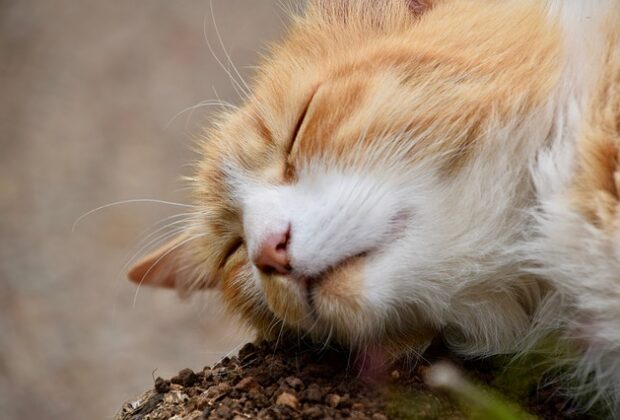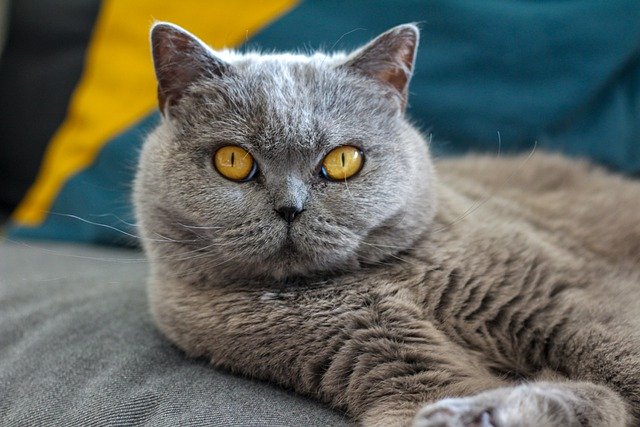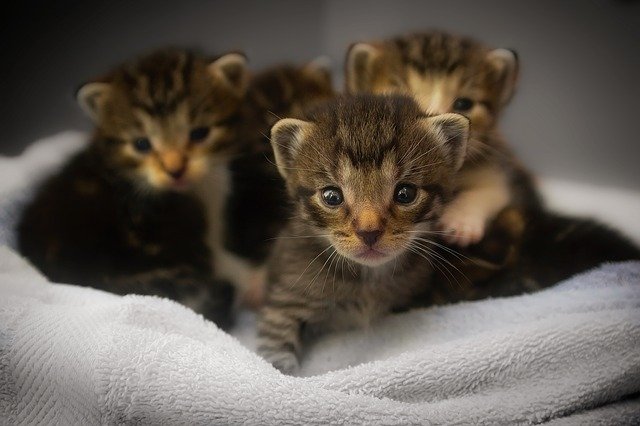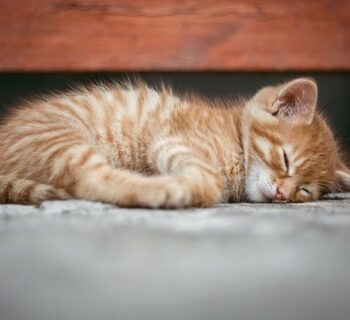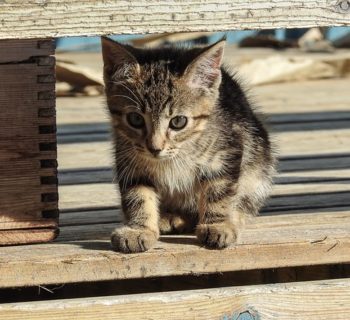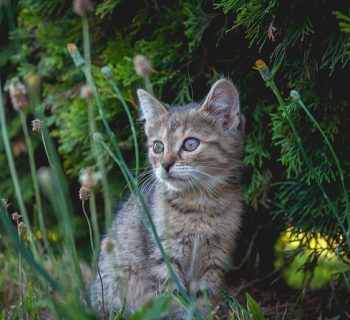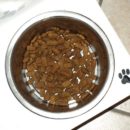Picture this; you just gave your feline a thorough clean. And then, as you return the bathing supplies to the storage, you notice your cat’s absence. He was only here a couple of minutes ago, and then you decide to go in search of him outdoors after searching his usual indoor hideouts, hoping he’s not out there, dirtying up again.
Just like you feared, you find him outside rolling in the dirt. Again!
While we love our feline fur babies, we can only tolerate so much. Eventually, we’ll wonder why they do this and if there is a way to stop it. So, why do cats roll in the dirt? Is there an explanation for this behavior?
Yes, there are several reasons our feline friends may play in the mud, and I’ll share some of them and some of the things you can do to stop this behavior. However, understand that this behavior is completely normal among many animals, including cats, and the reasons for this behavior in most animals are the same. If you also own a pooch that enjoys rolling in the dirt, you’ll also find the information here beneficial.
Table of Contents
Possible Reasons Cats Play in the Dirt
A Medium Of Communication
When our felines roll on the ground, it can sometimes be a way to communicate with us. In one piece of research, cats were discovered to roll as an invite to their humans to rub their bellies.
Cats may also twitch their tail while rolling on their back to indicate that they want a nap. To respond appropriately, you should carefully observe your cat’s body language to understand the exact message that it is trying to pass.
A Medium of Communication With Other Cats
Our felines have scent glands on certain parts of their bodies, including the cheeks, the tails, the top of the heads, and mouths.
These glands produce pheromones, each unique to every cat. Because cats are often scent-driven creatures, they rely greatly on it in their interactions with other felines around them.
This explains why you may observe them rubbing these body parts against objects and people to notify other cats of their ownership. They also “pass the message across” through dust-bathing. When dust-bathing or rolling in the dirt, cats give off some of their pheromones, which warns other cats in the area to stay clear.
Rolling in the dirt is also used by cats for reproductive reasons. This is particularly common among yet-to-be spayed female cats. The rolling signals the male cats in the area of their availability and willingness to mate.
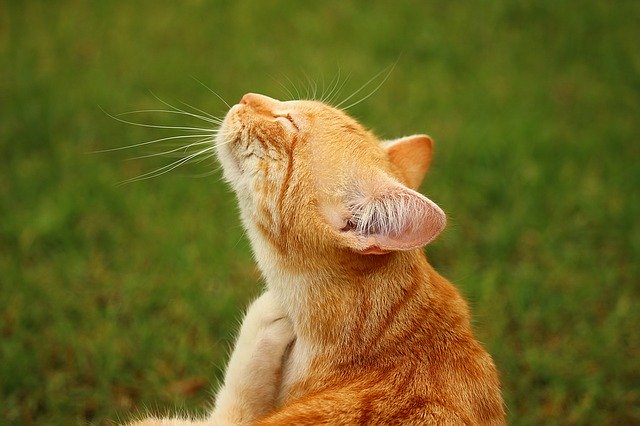
Scratching
External parasites such as lice and ticks can cause your feline to rub itself against objects within and outside the home.
These parasites usually cause severe itching that can only be tolerated by scratching against surfaces. So, it may be a pest infestation sign if you frequently see your cat rolling in the dirt. Make sure to check for possible pest infestation symptoms such as red patches, dander, and pests and then treat accordingly.
Entertainment
Felines, though often-timid, enjoy their playtime in your backyard. And one of their favorite outdoor activities is rolling in the dirt. It is one of the several ways they entertain themselves and keep boredom at bay.
It is also another way cats relax from playing with toys all day long. If you see your cat do this, it may only be enjoying itself.
Digestive Bacteria
Cats play in the dirt to catch bacteria from the soil. These bacteria attach to your cat’s fur when rolling in the mud, and your cat licks it up during grooming.
The bacteria help to replenish your cat’s digestive bacterial and keep its gastrointestinal tract in good shape and protected from stomach infecting pathogens.
Cooling Down
In hot summer months, you may notice that your cat spends more time in the dirt. The reason is simple; cats need the extra coolness of the soil to cool down and prevent overheating. Most cats have thick fur, and this can make cooling down naturally a bit harder.
Also, because cats are not often the ones to jump into puddles or shallow water bodies like canines, they often cool off in the dirt.
If this is something you’ve noticed with your cat, you can play your part by providing other safe and more hygienic ways for it to cool off. For example, you can provide plenty of cold water around the house and allow them access to the house's cooler areas.
You can also provide them with a shade to rest or even set up a quality outdoor fan for air if it is an outdoor cat. Another thing you can do is drop some ice cubes in your cat’s water bowl and add more ice to the water if needed as the temperature increases.
Why Do Cats Roll in the Dirt? Summary
Our pets rolling in the dirt may seem odd to us humans, but it is usually safe and perfectly natural. As you can tell from the possible reasons outlined above, felines do this for completely harmless reasons, and so is nothing to be worried about.
If you have concerns about your cat’s dirt rolling habits, you should examine it, and if suspicious of an underlying cause, consult with a vet for a professional diagnosis. Generally, though, a skin condition caused by pest infestation is usually easy to treat, and your cat should be back to his “normal” behavior with once treated.
Finally, if this is a behavior you’re not very pleased about, you can always stop it by removing your cat from the spot when rolling in the dirt or keeping it indoors as often as possible. With the former, your cat will learn with time that you do not appreciate the behavior and consequently cut down on it or stop it completely. However, remember that cats are only animals with limited understanding. Repetition and understanding are essential on your part. Don’t yell at your cat or resort to violence to stop from rolling in the dirt.
About the Author
Kirsten Heggarty
Kirsten created The Pet Handbook with the aim of sharing her knowledge about pets, pet food, healthy habits, and more. All of her advice is based on years of her own experience with her pets, and feedback that she has received from grateful readers about her tips. If you want to know more please read the About Me page.

